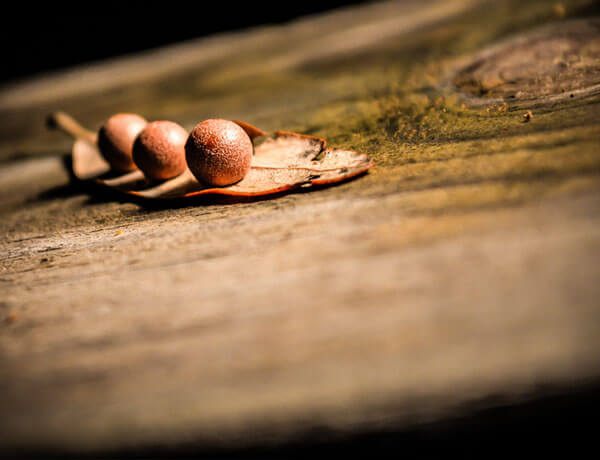-
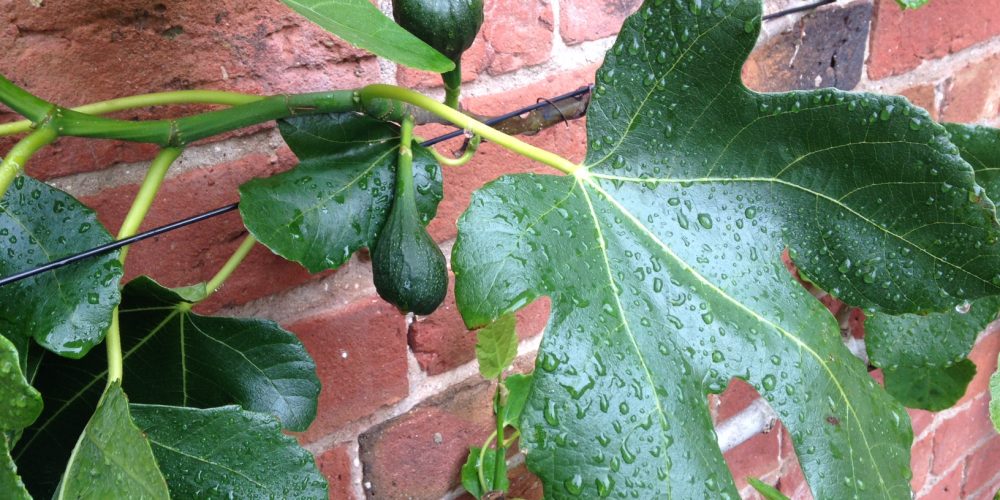
5 Alternative Fruit Trees To Grow
20th June 2015 • General • Stephanie DonaldsonThere are lots of alternative fruit trees worth considering for the garden. Most have slipped out of fashion, perhaps because they haven’t been developed and hybridised like so many of our favourite fruits. However, if you don’t want to actually eat their fruit you may think about growing them for their good looks alone. Here’s five fruit trees and shrubs worthy of attention :
Quince
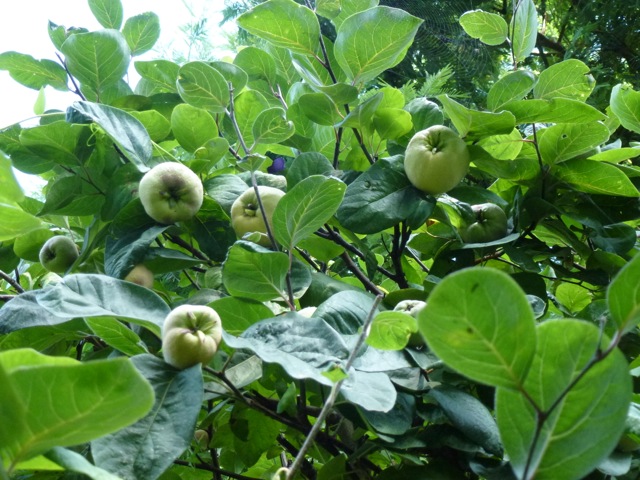
There are two types of quince. There’s the shrubby Chaenomeles japonica often grown as an ornamental bush with pink, white or red flowers and then there’s the common quince Cydonia oblonga. The latter are small bushy trees growing to about 6 metres high and it’s the fruits of this one which are used to make quince jelly. They need a moist soil and do well by water but cold exposed sites really don’t agree with them. A pollinator isn’t necessary as they are self-fertile and the fruits are rock hard and look like pears. Pick the fruit in autumn before it drops and store in a cool dry place. The Romans used to like them although they are inedible when raw and have to be cooked and made into a clear aromatic jelly. The Spanish and Portuguese make the pulp into something called marmelo which is the origin of marmalade.Medlars
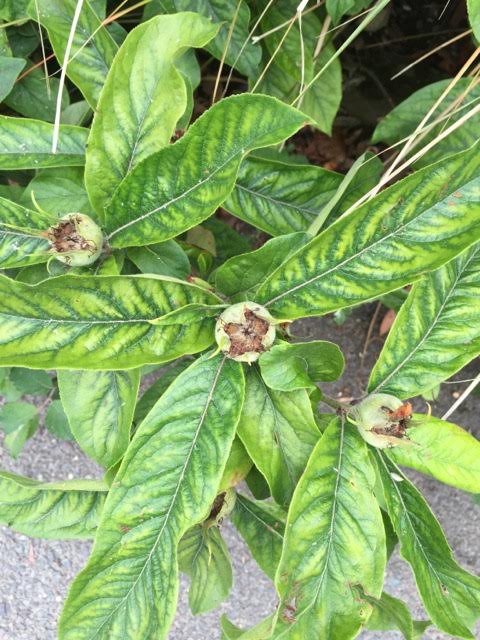
Medlars look a little like a pear tree but are smaller and, in my opinion, far more attractive. They have quite big, almost Magnolia like, leathery leaves, eye-catching single white flowers and superb autumn colour. The fruits, which are on the trees now, look a bit like apples with the end exploded. Originally from Persia but now growing all over Europe the fruits don’t ripen properly in the cooler climates and this has lead to the fall from grace. Unfortunately the flesh can’t be eaten until it’s been ‘bletted’ and that basically means leaving them on the tree until winter, storing in a cool dry place and waiting until just before they start to rot. Not very appealing I know but you can then eat it raw although it’s far better turned into jam or jelly. The trees don’t need pruning and rarely suffer any problems so if you can’t bring yourself to eat the fruit they’re still a worthy ornamental for a sunny spot in the lawn.Figs
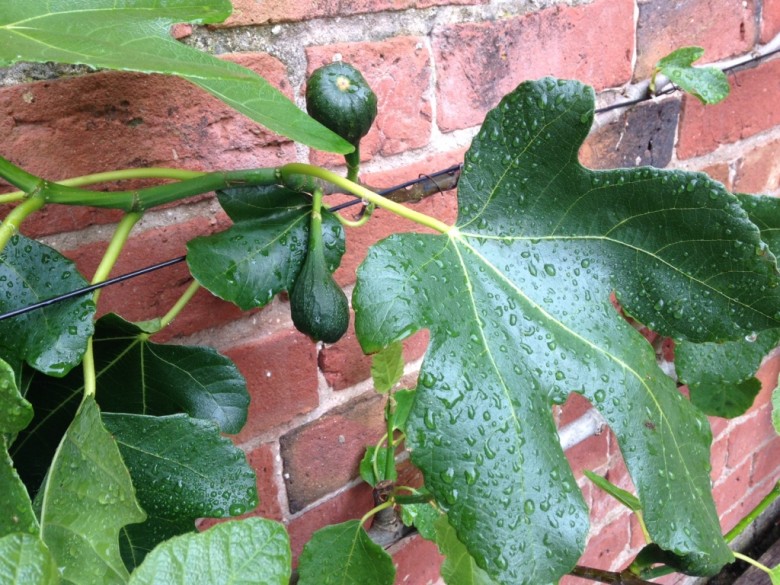
Figs have of course retained their popularity but in cooler climates it has only endured thanks to the introduction of reliable varieties. Ficus carica ‘Brown Turkey’ is perhaps the best for outdoor cultivation and F.c. ‘Bourjasotte Grise’ is ideal for a greenhouse and grows very well in a pot. All figs suffer more from the wet than the cold although a good summer makes a huge difference to the ripening. They can be planted between November and March in pits to restrict root growth and promote fruiting and do well if fan trained against a south facing wall. Dig a hole a metre deep and wide, line the sides with vertical paving slabs and the bottom with a layer of broken bricks. A sunny spot is needed and they do particularly well in chalky soils. The fruits ripen in late summer and autumn and at this time of year you should remove any unripened fruit bigger than a pea because they aren’t of any use.Strawberry Tree
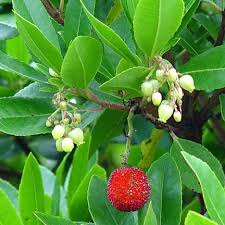 The strawberry tree, Arbutus unedo will be quite happy in most soils in a sheltered spot although they do prefer an acid soil. Arbutus make superb small trees and are undoubtedly grown for their beauty rather than their fruit although it can be cooked and turned into sweets, liqueurs and sherberts. The Pieris like white flowers of this evergreen tree appear in late autumn simultaneously with the previous years crop of ripening fruit. They start off as green knobbly spheres like lychees and ripen to orange and red and it’s tempting to eat them raw but they are incredibly disappointing so be warned.
The strawberry tree, Arbutus unedo will be quite happy in most soils in a sheltered spot although they do prefer an acid soil. Arbutus make superb small trees and are undoubtedly grown for their beauty rather than their fruit although it can be cooked and turned into sweets, liqueurs and sherberts. The Pieris like white flowers of this evergreen tree appear in late autumn simultaneously with the previous years crop of ripening fruit. They start off as green knobbly spheres like lychees and ripen to orange and red and it’s tempting to eat them raw but they are incredibly disappointing so be warned.Cranberry

Cranberry – Vaccinium oxycoccus
Why
This tough self fertile evergreen shrub grows to about 60cm high and has tiny yellow and pink flowers in early summer which are followed by the round, red edible fruits.Where
They absolutely must have moist conditions and would be a good choice for a bog garden as long as they don’t actually stand in water. Humus rich acid soil is essential and they will even tolerate some light shade.When
Pick the fruit before the first frosts, which makes them go sour and divide plants in autumn. In winter protect less hardy species from frost with a good thick mulch.Tell me more
On lime soils grow in containers in an ericaceous compost and water copiously with rainwater. Tap water is no good in hard water areas.History
Cranberries are native to most temperate Northern hemisphere climates. The British never really ate them however until the Americans introduced roast turkey to us and now we can’t get enough of them. It’s high vitamin C content has also made the juice popular amongst women for treating cystitis.Varieties
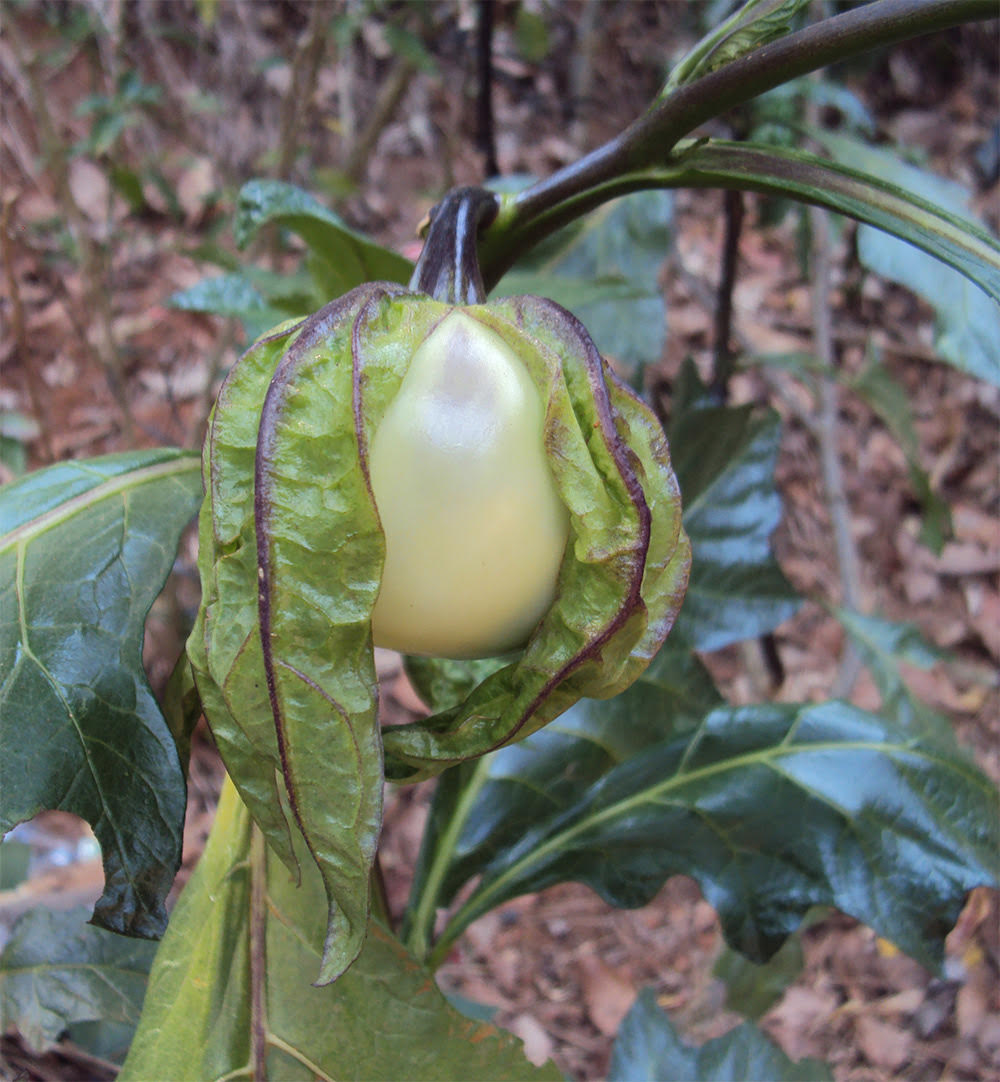
Vaccinium macrocarpon – large cranberry
The American cranberry V.macrocarpon is a larger bush with bigger berries.
Mortinia is a variety from Ecuador with large racemes of rose-pink blooms and loads of red berries. It is only hardy in the south of England.Supplier
Goscote Nurseries Ltd, Leicestershire. Tel : 01509 812121 Article supplied by multi-award winning landscape gardener Andy Sturgeon. See more of Andy’s work and list of awards at www.andysturgeon.com.
Article supplied by multi-award winning landscape gardener Andy Sturgeon. See more of Andy’s work and list of awards at www.andysturgeon.com.



